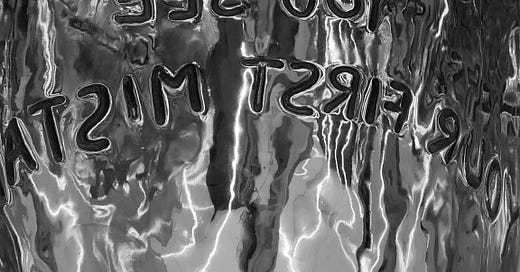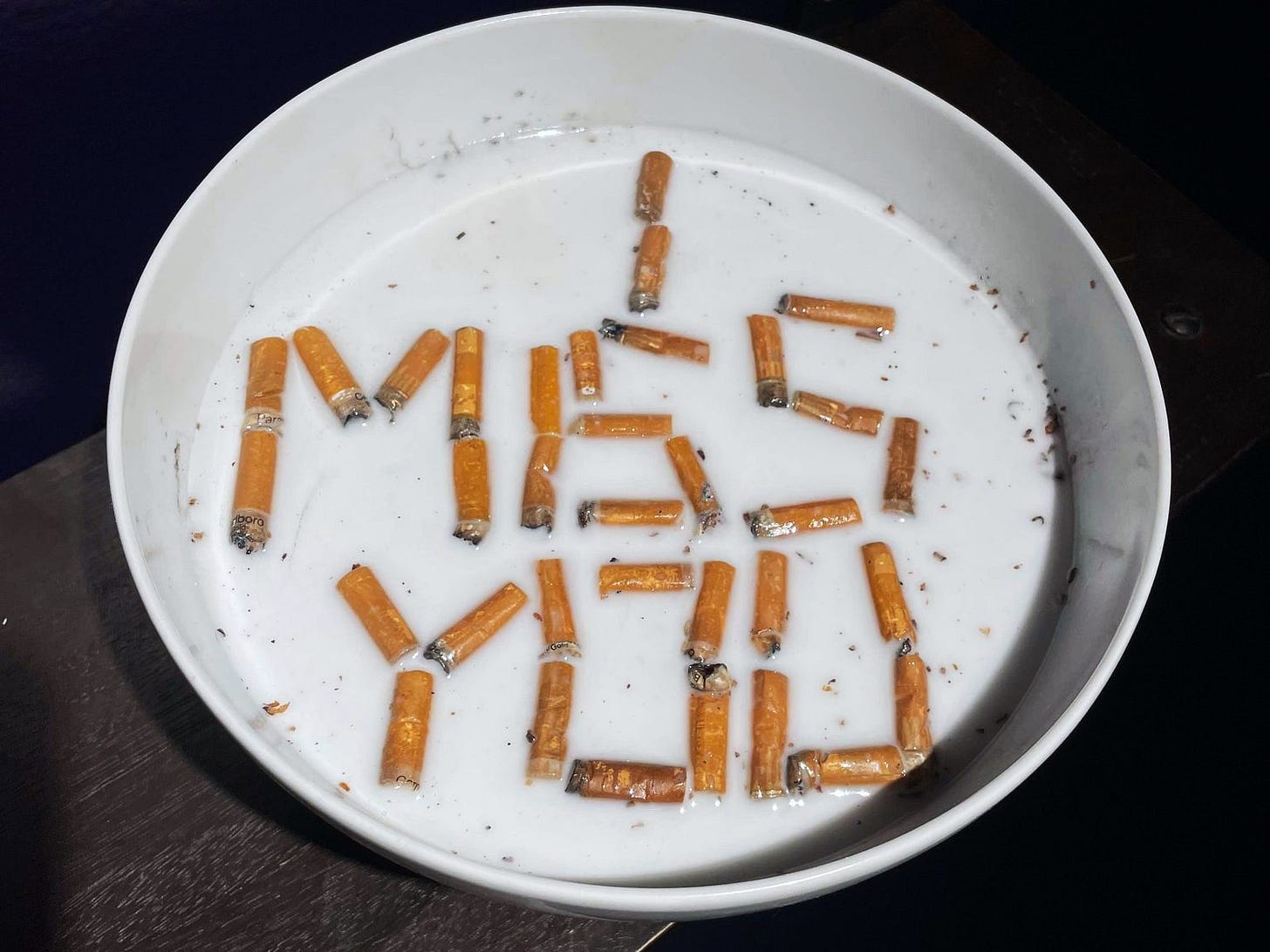To see ghosts in broad daylight
Finally delving into Nikolai Torgersen's latest exhibition at Fineart.
It’s a rare treat to follow an artist’s career in real time. So often, when it comes to art, you are decades, if not centuries, too late.
With Nikolai Torgersen we are just in time to watch his artistry develop in real time. With each exhibition and body of work he releases, Torgersen manages to showcase or even uncover new aspects of his artistry. Last year, we saw him delve into installations with a work so confrontational it felt almost uncomfortable.
With his new exhibition at Fineart, Torgersen again shows how much he has to offer.
Right of the bat, I am so grateful for the installations that transform the harsh exhibition space of Fineart. The commerciality of the gallery is often so obvious, yet, with the immersive experiences that Torgersen offers, the focus is turned to the artistic realm.
There are a total of three installation rooms, each representing a word of the title “Echo, Stress, Traum”. While there is a set narrative with distinct meanings attached to each object, the installations are equally interesting to experience on their own. Torgersen is, as always, inspired by his own experiences, yet there is so much room for a person to reflect their own emotions and experiences onto the objects presented. And God, what emotions. The expressiveness of Torgersen has been palpable from the start, yet it now feels like he strips back another layer, uncovering memories and confronting demons head on, or maybe in the sideview.
It seems, now more than ever, that the medium is secondary to the message for the artist. Especially looking at Torgersen, the expression transcends the material. Still, the work is so tangibly him. Each chosen means of expression furthers a message.
Throughout the exhibitions there are mirrors and reflective surfaces dotted about, reminding the viewer of their presence in the room, their part of the show.
The shared references to everyday life, the mirroring, the drawing on collective consciousness confronts the viewer with their own imagery. A shared frame of reference.
Most effective in this confrontation is a box that seemingly works as a two-waymirror. In the box you can be observed, but you can only see yourself. Within you are presented with the text “you see your first mistake”. What do you see? Do you even dare to look? Torgersen is not the only one here with potential uncomfortable confrontations. And in his image, there is room for projections.
Throughout “Echo, Stress, Traum” there are images repeated: Water, cars, dogs. Visual wells of memories? Or metaphors? Just reading Torgersen at surface level gives enough food for thought to last a night of laying awake. Whether it’s fuel for nightmares or a sensation of being seen. There are many who see ghosts in broad daylight. And if you don’t trust what you see, anything can be abstract expression. Even the figurative world of Nikolai Torgersen.






